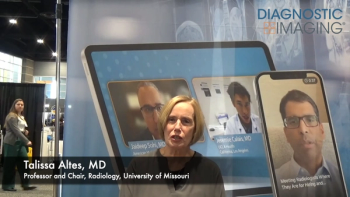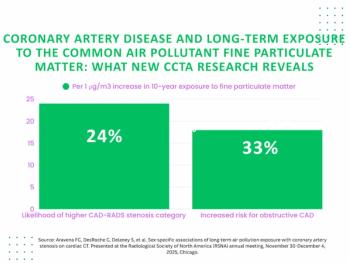
Reader Feedback
May I congratulate the authors and editors of the article about use of imaging in the detection of drug mules and body stuffers (February/March 2008, page 36). I found the article very interesting, and there is no doubt about the technical advances CT is making, in particular in problem-solving.
One issuethat of radiationhas, however, not been addressed sufficiently, in my opinion. A CT scan of the abdomen and pelvis carries a significant radiation exposure. The concerned patients will often be young and/or potentially need a repeat scan. These points should not be overlooked.
In the case of a medical emergency, the radiation dose is justified due to the potential adverse outcome if no direct action is taken. Indications of "screening for drugs" and "to aid legal prosecution," on the other hand, should be disputed.
Imagine the hypothetical case of a 19-year-old asymptomatic female traveler who is suspected of carrying drugs. Is it ethical to subject her to a CT scan of the abdomen/pelvis? What happens if she turns out to be in the early stages of pregnancy, which cannot always be excluded? What would happen if she were found to be innocent? Would she be within her rights to seek compensation? Could she sue the police if she were to develop bowel cancer 15 to 20 years later?
Such cases raise very important questions from ethical, medicolegal, and radiation protection points of view. As radiologists, we are gatekeepers of radiation use, and we should not forget this important role. Therefore, we may choose not to use CT to its full potential but seek alternatives with less risk attached, even if they are more tedious and the pictures not quite as "pretty." Ultrasound and MRI were mentioned in the article. Maybe they should be used first.
Dr. Christiane Nyhsen is a consultant radiologist, City Hospitals Sunderland, U.K., and chair, Radiology Trainees Forum. Dr. Nyhsen is also a member of DI Europe's Editorial Advisory Board.
Newsletter
Stay at the forefront of radiology with the Diagnostic Imaging newsletter, delivering the latest news, clinical insights, and imaging advancements for today’s radiologists.




























